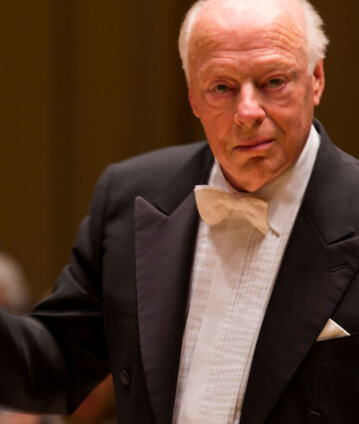Bernard Haitink dirige la Quatrième de Mahler

La Symphonie n° 4 de Gustav Mahler séduit par sa sveltesse et son incomparable richesse expressive. On y trouve autant de naïveté que d’ironie, une candeur enfantine et des pressentiments funèbres, l’un des plus beaux mouvements lents de Mahler, son scherzo peut-être le plus inquiétant, et un finale inconventionnel illuminé par un solo de soprano. Vous l’entendez ici dans une interprétation de Bernard Haitink enregistrée au Konzerthaus de Berlin.
Berliner Philharmoniker
Bernard Haitink
Sylvia McNair
© 1991 EuroArts Music International, brilliant media, SFB in association with Philips Classics
Artistes
Nos suggestions
- Bernard Haitink dirige la Deuxième de Mahler
- Le Concerto pour violon de Brahms avec Frank Peter Zimmermann et Bernard Haitink
- Bernard Haitink dirige la Septième de Mahler
- Bernard Haitink dirige Schubert et Chostakovitch
- Bernard Haitink dirige la Neuvième de Mahler
- Bernard Haitink dirige Schubert et Mahler